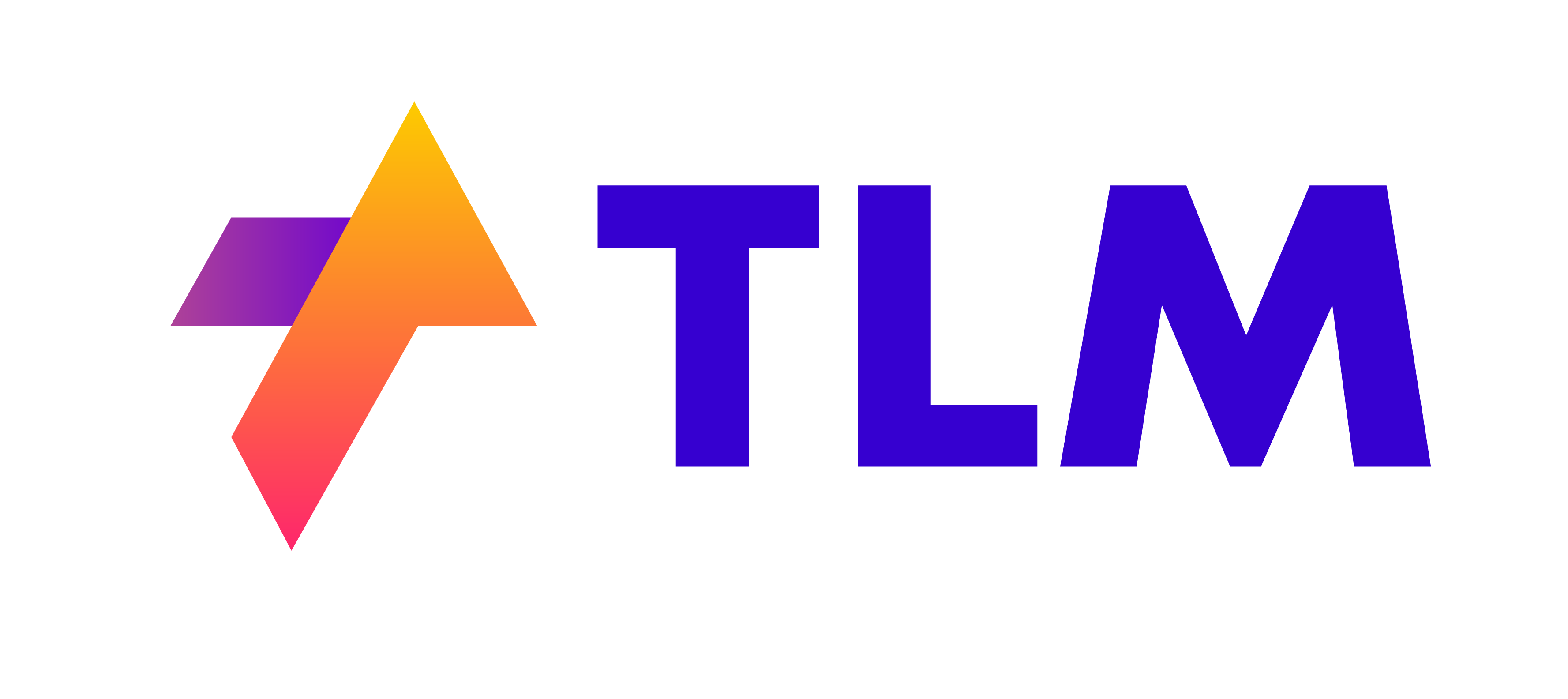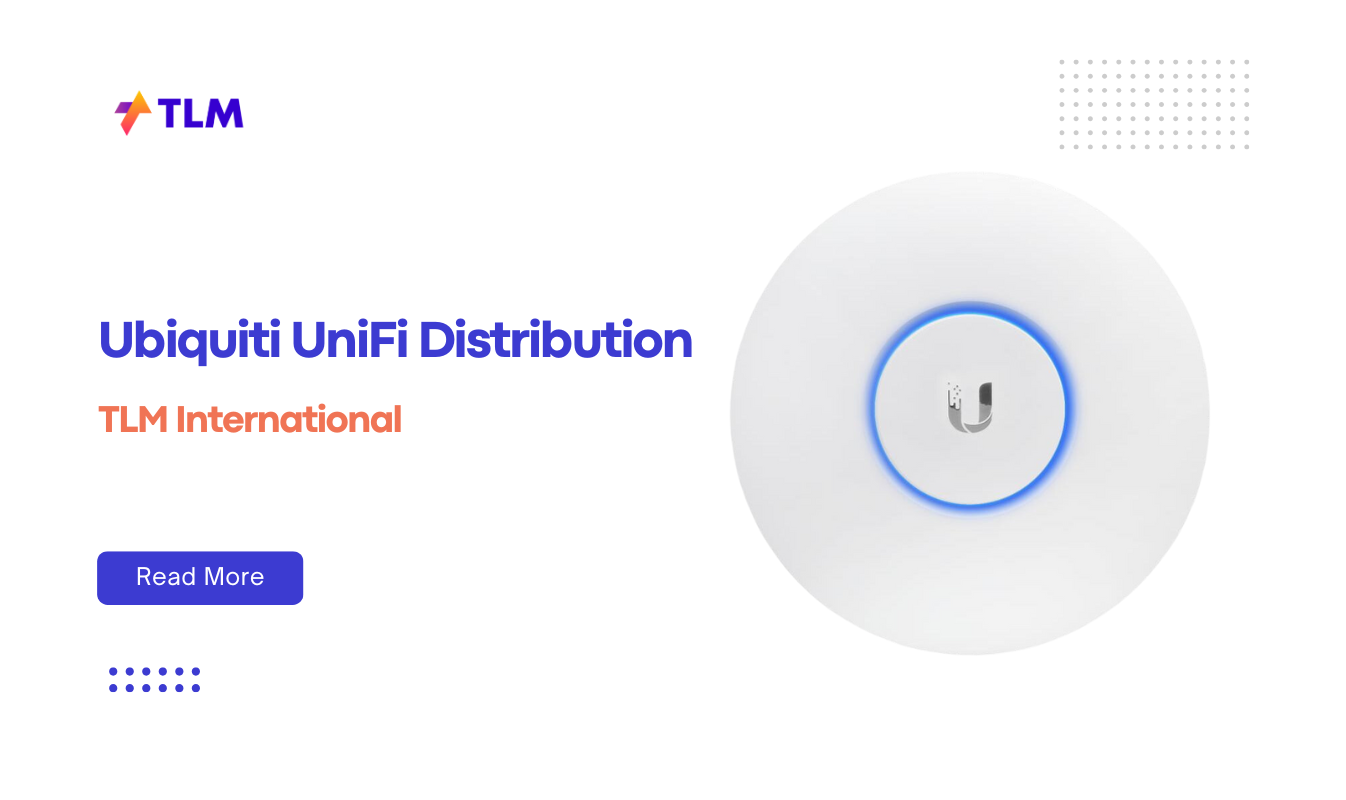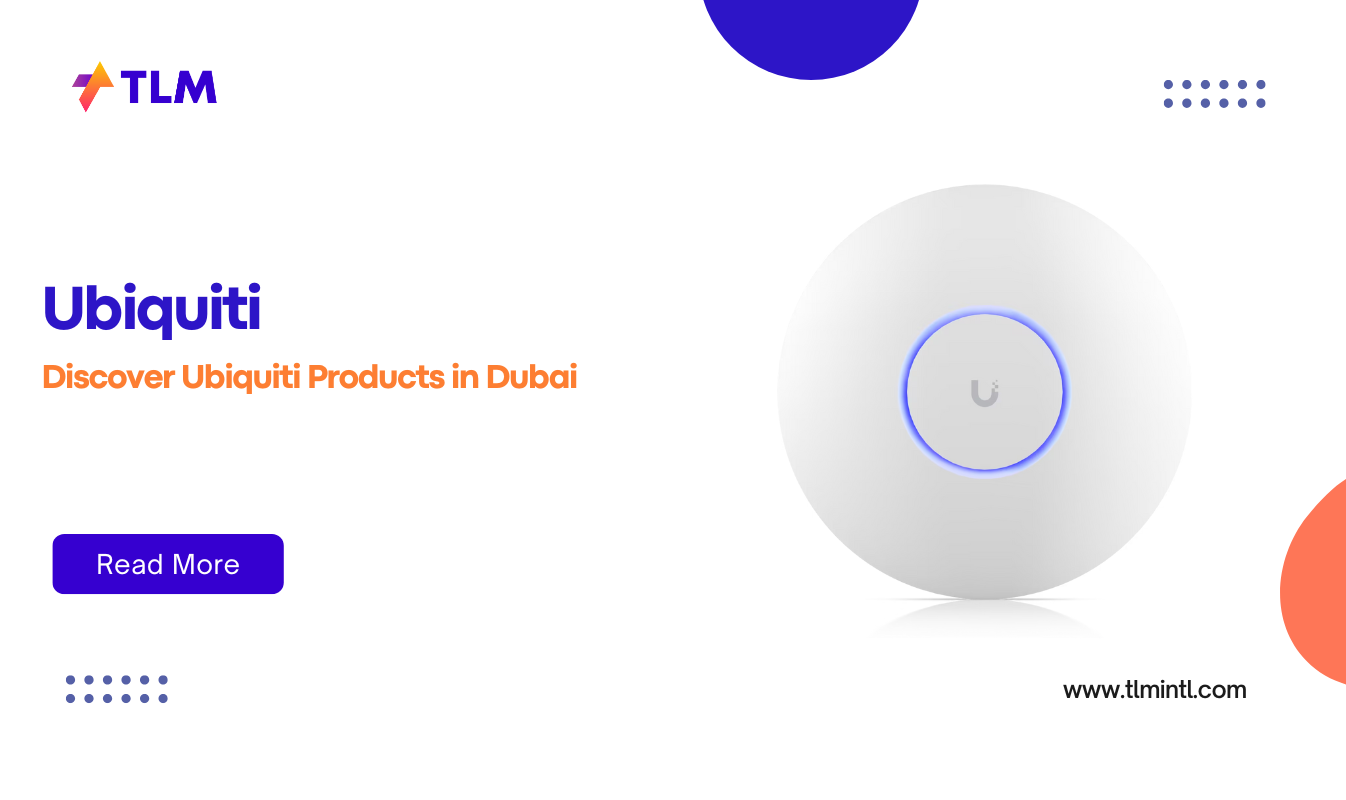Label printers are indispensable tools for small businesses, helping with product labeling, shipping, inventory management, and even organization. With advancements in printing technology, label printers have become faster, more versatile, and easier to use. In this guide, we’ll explore the top 10 label printers for small businesses in 2025, highlighting their key features, pricing, and reviews to help you make an informed decision.To simplify your decision-making process, here’s a detailed overview of the Top 10 Best Label Printers & Makers, each chosen for its reliability, functionality, and value for money.
1. Brother P-touch PT-D210
Compact and user-friendly, the Brother P-touch PT-D210 is perfect for home and office use. Its intuitive design allows users to create professional labels effortlessly.
- Key Features:
- Offers a variety of label designs.
- Equipped with an easy-to-use QWERTY keyboard.
- Includes pre-designed templates for quick labeling.
- Best For Small businesses and crafting enthusiasts.
2. DYMO LabelWriter 450
Designed for high-volume labeling, the DYMO LabelWriter 450 is a professional-grade printer that delivers fast and precise results.
- Key Features:
- Utilizes thermal printing technology, eliminating the need for ink or toner.
- Compatible with various label sizes.
- Integrates seamlessly with popular software like Microsoft Office.
- Best For: Offices requiring efficient and accurate labeling.
3. Phomemo M110
The Phomemo M110 is a portable, Bluetooth-enabled label printer that caters to on-the-go labeling needs.
- Key Features:
- Supports multiple label widths.
- Lightweight and rechargeable for enhanced mobility.
- Customizable labels via an app-based interface.
- Best For: Retailers and small-scale logistics businesses.
4. Rollo Label Printer
Built for speed and efficiency, the Rollo Label Printer excels in printing shipping and warehouse labels.
- Key Features:
- Prints 4×6 shipping labels at high speeds.
- Compatible with major e-commerce platforms.
- Cost-effective thermal printing technology.
- Best For: E-commerce sellers and warehouses.
5. Zebra GX430t
The Zebra GX430t is a robust and reliable label printer designed to meet industrial standards.
- Key Features:
- High-resolution printing capabilities.
- Supports various label types, including barcodes.
- Durable build for heavy-duty usage.
- Best For: Manufacturing and inventory management.
6. Epson LW-PX800
Versatile and efficient, the Epson LW-PX800 is suitable for both industrial and office settings, offering exceptional print quality.
- Key Features:
- Delivers superior print quality with customizable options.
- Supports USB and Ethernet connectivity.
- Best For: Industrial labeling and professional applications.
7. Arkscan 2054A
The Arkscan 2054A stands out as a multi-functional label printer that combines cost-efficiency with versatility.
- Key Features:
- Compatible with various label formats, including shipping labels.
- Easy plug-and-play functionality.
- Works seamlessly with both Mac and Windows systems.
- Best For: Medium to large businesses.
8. Munbyn Label Printer
With its sleek design and reliable performance, the Munbyn Label Printer is ideal for small businesses looking for style and functionality.
- Key Features:
- Compatible with all major shipping platforms.
- Features an easy-to-load label mechanism.
- Compact design that fits neatly in home offices or boutiques.
- Best For: Home offices and boutique sellers.
9. Brother QL-820NWB
The Brother QL-820NWB is a feature-rich printer offering multiple connectivity options to suit diverse needs.
- Key Features:
- Supports wireless, Ethernet, and Bluetooth connectivity.
- Capable of black-and-red printing for added versatility.
- Best For: Retail stores and offices requiring diverse labeling solutions.
10. Niimbot D11
Affordable yet highly functional, the Niimbot D11 is a portable label printer tailored for personal or small business use.
- Key Features:
- App-controlled customization for personalized labels.
- Compact, lightweight design with a rechargeable battery.
- Best For: Crafters and budget-conscious users
Comparison Table: Top 10 Label Printers
Below is a detailed comparison table of the top 10 label printers, highlighting their specifications, features, and best use cases.
| Printer Name | Printing Technology | Resolution (DPI) | Max Print Speed (Labels/Minute) | Connectivity Options | Label Width Range (mm) | Best Use Case |
| Brother P-touch PT-D210 | Thermal | 180 | 20 | USB | 3.5-12 | Home and office labeling |
| DYMO LabelWriter 450 | Direct Thermal | 300 | 51 | USB | Up to 59 | Professional labeling, filing, and mailing |
| Phomemo M110 | Direct Thermal | 203 | 100 | Bluetooth, Micro USB | 20-50 | Home organization, retail, crafting |
| Rollo Label Printer | Direct Thermal | 203 | 150 | USB, Wi-Fi | 40-104 | Shipping labels |
| Zebra GX430t | Direct Thermal & Thermal Transfer | 300 | 102 | USB, Serial, Ethernet, Bluetooth | 19-108 | Retail, healthcare, logistics |
| Epson LW-PX800 | Thermal Transfer | 360 | 35 | USB, Wi-Fi | Up to 36 | Industrial use, organizing tool cribs, barcodes |
| Arkscan 2054A | Thermal | 203 | 53 | USB, Bluetooth | 19-108 | Shipping labels, barcode labels |
| Munbyn Label Printer | Thermal | 203 | 150 | USB, Bluetooth | 40-110 | Small businesses, shipping, packaging |
| Brother QL-820NWB | Direct Thermal | 600 | 110 | USB, Ethernet, Wi-Fi, Bluetooth | 12-62 | Small businesses, quick label printing |
| Niimbot D11 | Thermal | 203 | 60 | Bluetooth | 12-15 | Home organization, small businesses, crafting |
Why Label Printers Matter for Small Businesses
Label printers play a crucial role in:
- Branding: High-quality labels create a professional look for your products.
- Efficiency: Save time by printing labels quickly and accurately.
- Organization: Keep track of inventory and shipments with barcodes or QR codes.
- Cost Savings: Avoid outsourcing label printing and reduce operational costs.
By investing in the right label printer, small businesses can improve productivity while maintaining a polished image.
Key Considerations When Choosing a Label Printer
When selecting a label printer, keep the following factors in mind to ensure it meets your specific requirements:
- Printing Technology: Decide between thermal or ink-based printers based on your needs.
- Connectivity Options: Look for USB, Bluetooth, or Ethernet compatibility depending on your setup.
- Label Compatibility: Ensure the printer supports your desired label sizes and materials.
- Ease of Use: Opt for models with user-friendly interfaces to save time and reduce errors.
- Cost Efficiency: Consider both upfront costs and ongoing expenses such as label rolls or maintenance.
Final Thoughts
Investing in the right label printer can significantly improve productivity and organization across various settings—whether it’s running a business or handling creative projects at home. Each of these top-rated printers offers unique features tailored to different needs. By choosing one that aligns with your requirements and budget, you can streamline your labeling tasks efficiently while achieving professional results
FAQs:
1. What type of label printer is best for my needs?
The best type of label printer depends on your specific use case. Direct thermal printers are ideal for short-term labels like shipping or receipts since they don’t require ink or toner, but the prints may fade over time. Thermal transfer printers are better suited for durable labels that need to withstand harsh conditions, such as outdoor or freezer labels. If you need high-resolution, colorful product labels, an inkjet or laser printer might be the best choice. Additionally, consider whether you need a desktop printer for fixed use or a portable printer for mobile labeling tasks.
2. What should I consider regarding label size and material?
When choosing a label printer, ensure that it supports the label sizes you require. Small labels are typically used for barcodes or address stickers, while larger labels are better for shipping parcels or product packaging. It’s also important to check compatibility with different materials like paper, polyester, or vinyl. Paper labels are cost-effective and suitable for general use, whereas polyester or vinyl labels are more durable and resistant to water, UV light, and chemicals, making them ideal for industrial applications.
3. How important are print resolution and speed?
Print resolution determines the clarity of your labels. A resolution of 203 DPI is sufficient for barcodes and basic text, while 300 to 600 DPI is recommended for detailed graphics or product labels requiring sharp visuals. Print speed is another critical factor, especially for high-volume tasks. For light use, a slower speed (less than 102 mm/sec) may suffice. Medium speeds (102-202 mm/sec) are suitable for regular business needs, while high speeds (greater than 202 mm/sec) are necessary for warehouses and logistics operations.
4. What connectivity options should I look for?
Connectivity options depend on how you plan to use the printer. USB and Ethernet connections are reliable choices for desktop setups in offices. If you prefer wireless printing, look for models with Wi-Fi or Bluetooth capabilities, which allow printing from mobile devices or shared networks. Some printers also offer Wi-Fi Direct functionality, enabling direct printing without the need for a network connection—this is particularly useful for quick setups in dynamic environments.
5. How do I balance cost efficiency with long-term use?
To balance cost efficiency with long-term use, consider both upfront costs and ongoing expenses like label rolls, ribbons, or ink cartridges. Opting for a printer with lower maintenance costs and energy-efficient features can save money over time. For frequent printing needs, choose models that support high-yield consumables to reduce per-label costs. It’s also wise to evaluate the total cost of ownership (TCO), which includes consumables and maintenance expenses alongside the initial purchase price.






